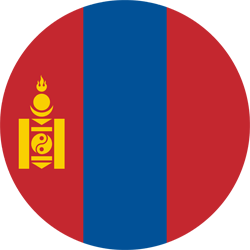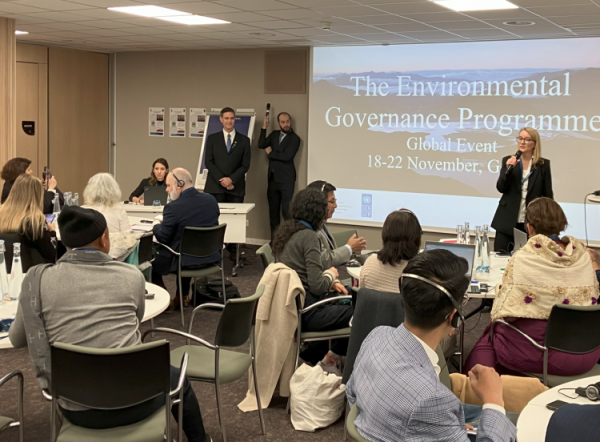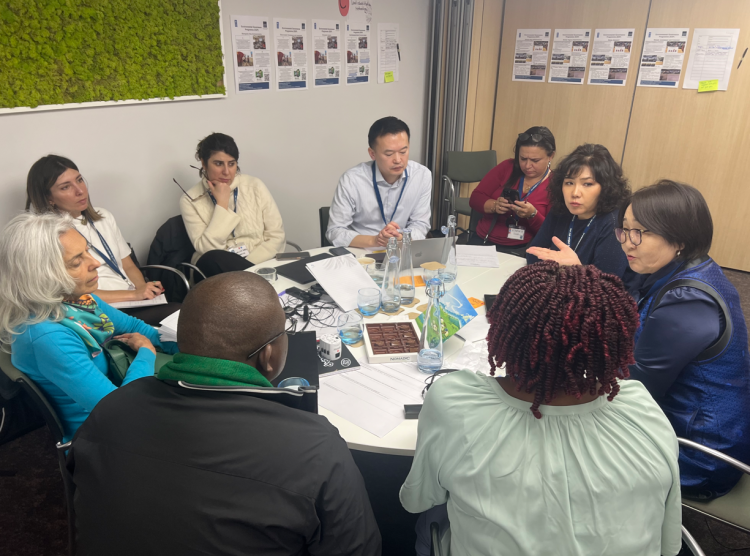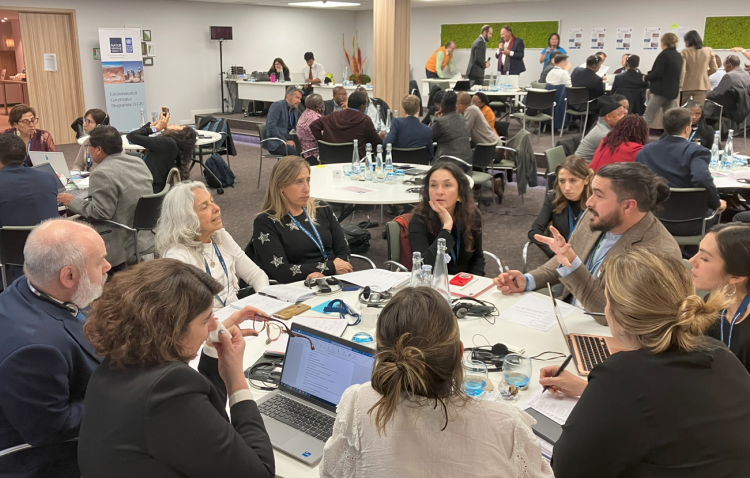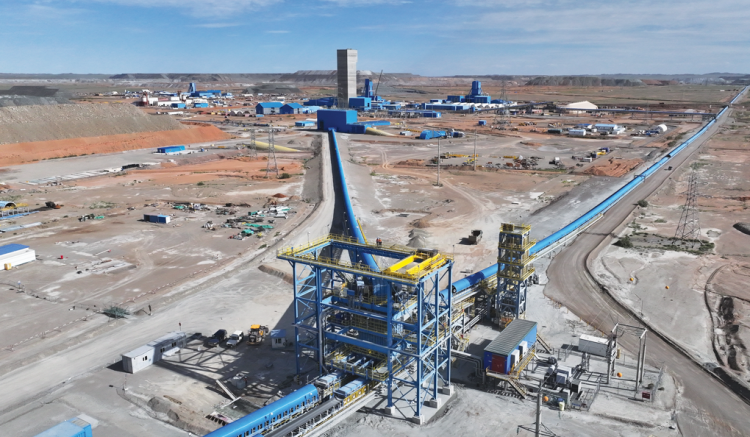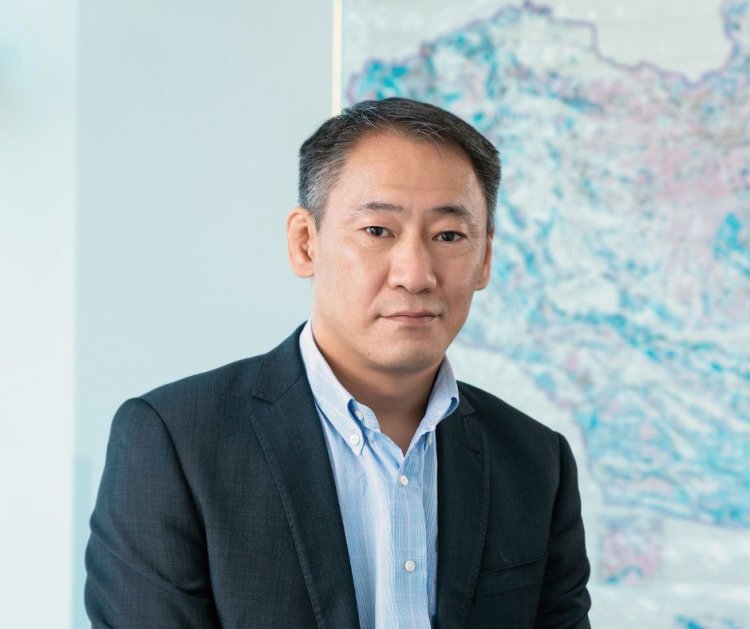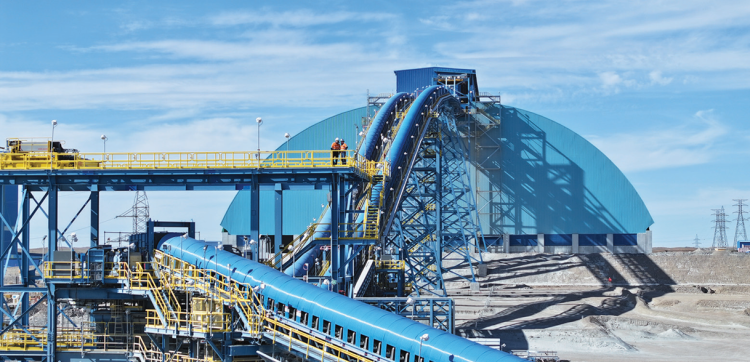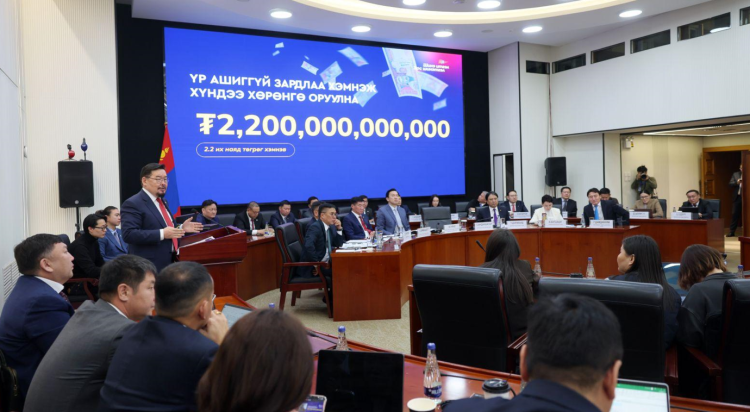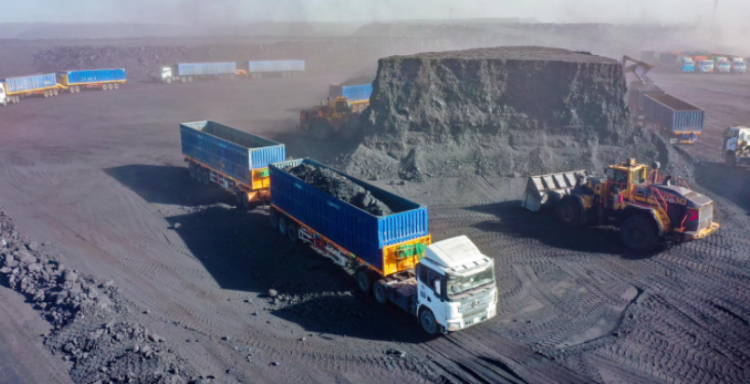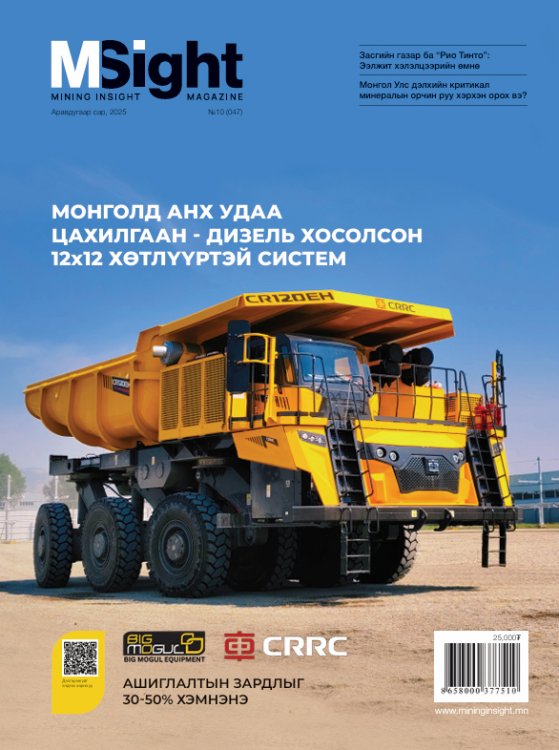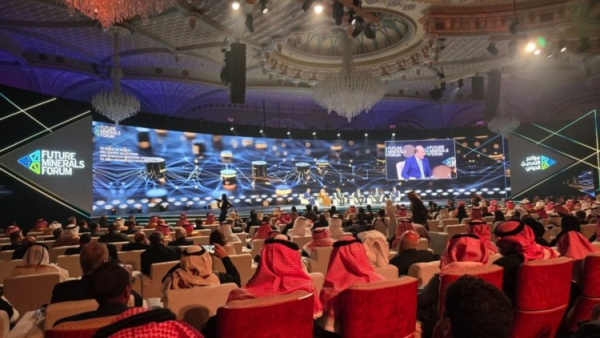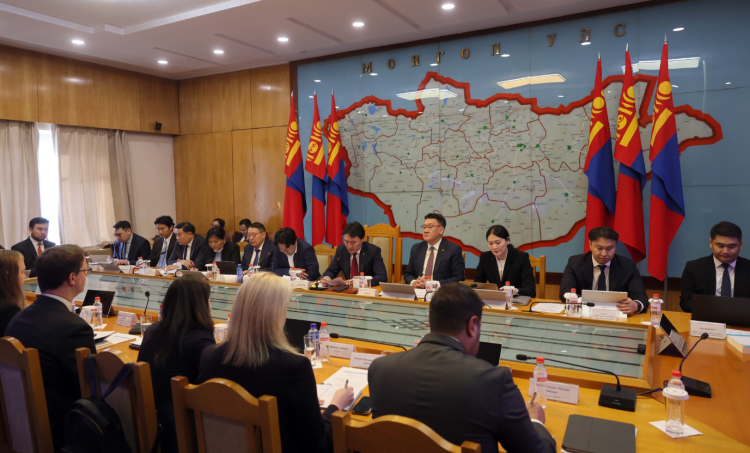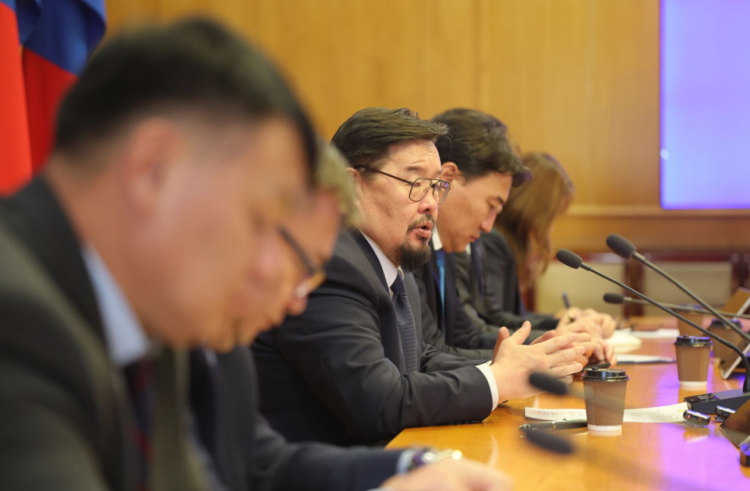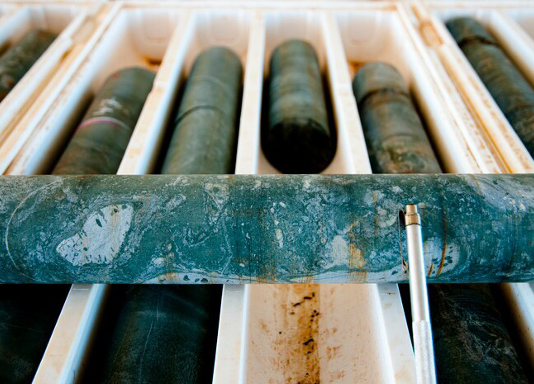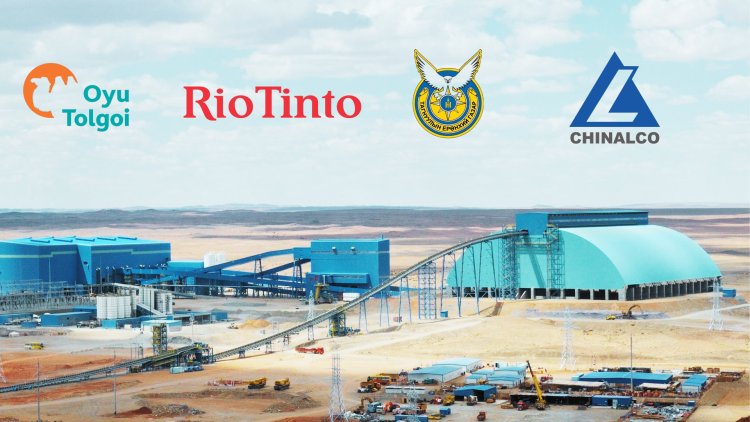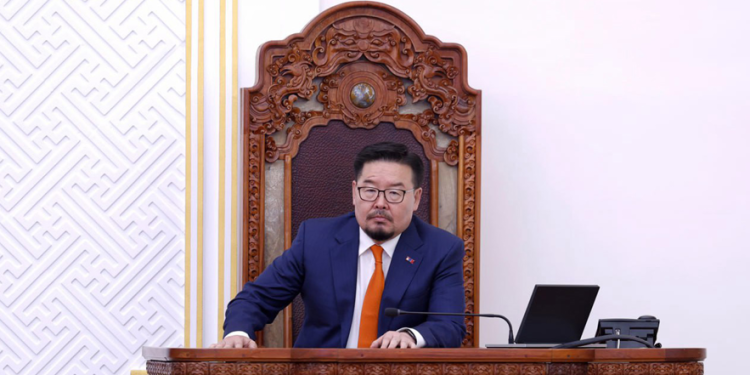N. ARIUNTUYA
- Geneva-Ulaanbaatar -
MONGOLIA NAMED AS A SUCCESSFUL EGP IMPLEMENTER
Mining Insight participated in the Environmental Governance Programme (EGP) Global Event in Geneva. The conference, held from November 18 to 22, was attended by 11 EGP countries, and 10 countries where projects were implemented discussed their results, including Mongolia.
The EGP is a joint initiative of the Swedish Environmental Protection Agency and the United Nations Development Programme. It aims to help integrate environmental and human rights principles into the governance systems of the mineral resources sector in target countries. The programme, which is implemented at the international and regional levels, also supports the exchange of innovative policy approaches and experiences between countries and regions. The EGP is being implemented in Mongolia in two phases: 2016–2019 and 2020–2024.
In addition to Mongolia, a total of 10 developing countries Argentina, Namibia, Colombia, Kenya, Zambia, Ecuador, Kyrgyzstan, Liberia, and Peru participated in the second phase of the programme and implemented projects. The Congo participated in this seminar due to its new entry into the programme. Programmes aimed at improving and strengthening the legal framework, implementation, accountability, and monitoring systems for environmental and human rights protection in the mining sector in these 10 target countries, and supporting multilateral joint participation of stakeholders, were implemented in 2020–2024. The programme countries shared the achievements and lessons learned from the projects they implemented at the closing session of the second phase. R. Ariunbileg, Coordinator of the Environmental Governance Project of the United Nations Development Programme, noted that Mongolia has implemented a number of projects within the programme and has achieved significant success, highlighting the progress of three of them.
The first is the development and introduction of the Responsible Mining Codex in the mining sector. The Mongolian National Mining Association expanded the code into a “Responsible Mining” programme and included it in its charter as a mandatory mechanism for member companies. As a result, more than 60 mining companies have joined the codex and are successfully implementing it. Furthermore, large companies that have successfully implemented the codex are working to introduce the next advanced international standards. The next step is to develop a participatory environmental monitoring methodology tailored to the country’s specifics and begin implementing it in the mining sector. This project, which is being successfully tested by civil society organisations, was named a best practice in the first quarter of 2022 by Exposure, a visual storytelling platform used by the United Nations Development Programme and the World Bank. The third achievement is the formal adoption of a methodology for rehabilitating areas damaged by widespread mining. This methodology was developed by a professional environmental company and tested through the organisation of training sessions and demonstrations of rehabilitation standards involving relevant government agencies and widespread mining companies. The rehabilitation methodology currently applied in Mongolia is too extensive for small-scale widespread mining enterprises, often leading to abandonment without rehabilitation. This initiative is significant as it offers a solution to this challenge.
Although these pilot projects may appear small, their primary value lies in their potential for sustainable implementation even after project completion and their capacity for broad dissemination throughout the mining sector. This was highlighted by the Global Team of the EGP. Furthermore, other countries participating in the programme have frequently expressed interest in learning from Mongolia’s exemplary practices and standards.
Mongolia’s success is attributed not only to its ability to achieve sustainable and inclusive growth but also to the involvement of its entire mining sector, led by its largest companies.
In most programme countries, projects primarily address issues stemming from the prevalence of small-scale mining. In contrast, Mongolia’s projects, particularly the Responsible Mining Codex, encompass the entire mining sector. The codex has been institutionalised as a mandatory mechanism for member mining companies by being incorporated into the regulations of the sector’s main professional associations. Large companies nationwide have implemented the codex, effectively expanding the sector while setting a standard for responsible practices. The Impact results of this project were compiled by the Mongolian Council for Sustainable Development and Social Responsibility and are accessible online for review.
EFFORTS AND PROGRESS IN PROGRAMME COUNTRIES
Kyrgyzstan: In 2022, a survey was conducted in the town of Chatkal to assess local attitudes towards mining and public perceptions of the environmental and social impacts of mining. The results revealed a prevailing distrust of the mining sector. The findings indicated a need to improve public participation in projects aimed at enhancing the quality of life in mining regions, infrastructure, and environmental initiatives. Based on this, participatory environmental monitoring (PEM) was tested in specific regions. Locals welcomed the initiative, and as a result, they were able to gain support from the government. The country’s Ministry of Natural Resources and Environmental Protection has expressed its commitment to supporting this approach as an effective way to improve mining sector oversight. This has led to PEM groups conducting evaluations of areas abandoned without rehabilitation and beginning pilot reclamation efforts. Furthermore, the country is developing a methodology for the rehabilitation of land degraded by mining and for calculating associated costs.
Kenya: The country has adapted knowledge based on best practices in environmental, social, mining, security, and human resource regulations to suit its national context, transforming it into a regulatory framework for small-scale mining. This is expected to accelerate the formalisation of small-scale mining. In addition, a guide for small-scale mining committees has been developed, and a Multi-Stakeholder Monitoring System has been established, with small-scale mining committees now involved.
Liberia: The country has begun implementing environmental protection programmes within small scale mining cooperatives and aims to further establish this as a National Programme with multi-stakeholder involvement. Additionally, training in environmental and mining practices has been conducted to prevent issues faced by the small-scale mining sector. This initiative has received support from the newly appointed leadership of the Ministry of Mines and Energy, which has included environmental and mining inspectors in efforts to expedite reforms within the small-scale mining industry.
Namibia: Environmental assessments were conducted at four small-scale mining sites, and environmental management plans were developed and followed. Due to successful implementation, two of these sites have received Environmental Rehabilitation Certificates from the Ministry of Environment, Forestry, and Tourism. Moreover, guidelines for the health and safety of small-scale miners have been developed, and training has been conducted to build capacity in mine closure procedures.
Zambia: This new mining country is pursuing a policy of expanding mining activities. Along with this, issues related to the environment, human rights, and the interests of local communities are being widely discussed. One of the notable achievements within the programme is the newly created Information Database, which aims to support the joint management of mineral, forest resources, and wildlife conservation. Furthermore, a pilot project to establish a public participation-based environmental monitoring system is planned to take place at two mines in 2025. There has been expressed interest in studying and learning from Mongolia's experiences in this area.
Argentina: This country, the fourth-largest lithium producer in the world, along with Bolivia and Chile, shares one of the major reserves known as the "Lithium Triangle." A meeting was organised that included representatives from the governments, private sectors, civil society, and research institutions of the countries within the Lithium Triangle, which became an important knowledge exchange activity. Additionally, a series of videos have been produced to better educate the public about lithium extraction, along with technical guidelines for lithium mining.
Colombia: The country has developed an environmental oversight programme and, through public participation, has strengthened its control over water quality and plant restoration. This initiative has empowered local communities and citizens. Also, to prevent local economic and livelihood impacts when sulfur mines are closed, the government has involved indigenous peoples and women in rehabilitation efforts, providing them with a source of income. Furthermore, at the 2023 EGP Regional Forum, Colombia shared its PEM experiences with Peru, which was recognised as an important exchange of knowledge.
Ecuador: In a country where small-scale mining was predominant, large multinational mining companies have entered in recent years. While the benefits of mining are understood by all, there is significant resistance due to the negative environmental and human rights impacts. To improve governance in the mining sector, the country has focused on creating a multi-stakeholder platform, increasing the involvement of local communities and women, and addressing the challenges faced by women working in mining. A notable good practice has been the development of a manual on how to calculate the initial closure costs of mines, which has become a useful tool for both mining companies and policymakers in effectively planning mine closures.
Peru: In this country, home to the greatest ethnic diversity, recent years have seen six changes in the presidency, which has led to a significant decline in public trust in the government. Additionally, there have been numerous conflicts related to mining. One key mechanism identified to address these issues is PEM, and efforts have been made to train and empower stakeholders. When implementing PEM, there is a focus on collaborating with professional and research organisations for water and environmental assessments. Moreover, a council was established, involving representatives from various ethnic groups, and efforts to increase women's participation in mining-related activities were highlighted.
AT THE CENTER OF MINING ISSUES: HUMAN RIGHTS AND THE ENVIRONMENT
During the closing seminar, the programme countries “shared their joys and misfortunes,” learned from each other, and held extensive discussions over four days on topics such as mine closure, financial guarantees, gender, public participation-based environmental monitoring, and the importance of critical minerals in the energy transition. However, at the heart of all issues were human rights and environmental concerns, with a focus on how the mining sector can promote human rights and contribute to environmental protection. The discussions revolved around how the sector can make a greater impact, how to integrate these values into mining practices, and how to develop and enhance them within the industry. Additionally, the creation of an “EGP Knowledge Center” was discussed, aiming to ensure that the vast knowledge generated at each stage of the EGP is widely accessible and usable. This knowledge centre would serve as a vital platform for knowledge exchange between EGP countries and graduates, the EGP Technical Committee, and Partners, as well as scientific, innovation, and civil society organisations. The next phase of the EGP will continue in Argentina, Congo, Colombia, Kenya, and Zambia from 2025 to 2028. Meanwhile, the second phase will conclude in six countries: Liberia, Namibia, Ecuador, Peru, Kyrgyzstan, and Mongolia.
Mining Insight Magazine, November 2024
